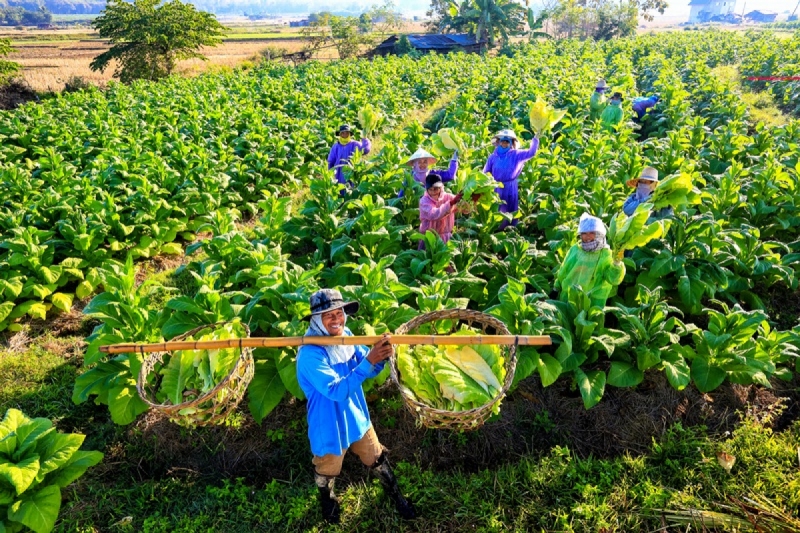




It is in the poor villages of Vietnam, in a rice field that used to be home to healthy, thriving grains, but is now rendered dry by the scorching heat.
It is in a household in the countryside of Cambodia, preying on a family of herders, who just lost two chickens and a cow in a famine brought about by the invincible villain that is drought.
Where the extreme, adverse effect of climate change is present, there is poverty. And where there is poverty, surely, there is hunger.
Climate Change and Food Insecurity
While a staggering 795 million people already suffer from hunger, the worst, sadly, is yet to come.
A recently-released report by the UN’s Food and Agriculture Organization (FAO) says climate change will “seriously compromise food production in countries and regions that are already highly food-insecure.” This was according to an article by the Global News.
Furthermore, the report, as cited in the same article, stated that “food security and climate change are so closely linked; it is an ‘unprecedented double challenge’ in the world; as climate change becomes more severe, its negative impact on food security will only grow.”
122 Million Poor People
By 2030, up to 122 million more people worldwide will be suffering from extreme poverty caused by climate change, added the UN report.
Its impact could be felt more sharply by particularly vulnerable areas, including small islands, where the result of climate change can be “catastrophic.” In fact, more than 60 million people around the world experienced food shortages this year alone because of El Nino.
“In the longer run, unless measures are put in place to halt and reverse climate change, food production could become impossible in large areas of the world,” warns the report.
Eradicating Hunger One Grain at a Time
We are, however, not hopeless.
The 194-page report calls for “deep transformations in agriculture and food systems”, adding that support should be provided to the half-billion small-scale farmers worldwide, while making sure that farming itself does not contribute further to global warming.
Moreover, the report cites “diversifying crop production, better integration of farming with the natural habitat, agroecology and ‘sustainable intensification’ as strategies to help small-scale farmers adapt to a warming world,” according to a feature from The Guardian.
Switching to “nitrogen-efficient and heat-tolerant” crops or changing the way we fertilize soil are also viable options. “By one estimate, the number of people at risk of undernourishment in developing countries in 2050 could be reduced by more than 120 million through widespread use of nitrogen-efficient crop varieties alone,” asserted the report.
However, implementing these changes—and most importantly changing the mindset of people—would not be easy. Reorienting agricultural and rural development policies would be critical to its success.
While the process may be tough, it is still good to know that with the right amount of perseverance, discipline, and genuine concern, together, we can battle out the world’s biggest food culprit.